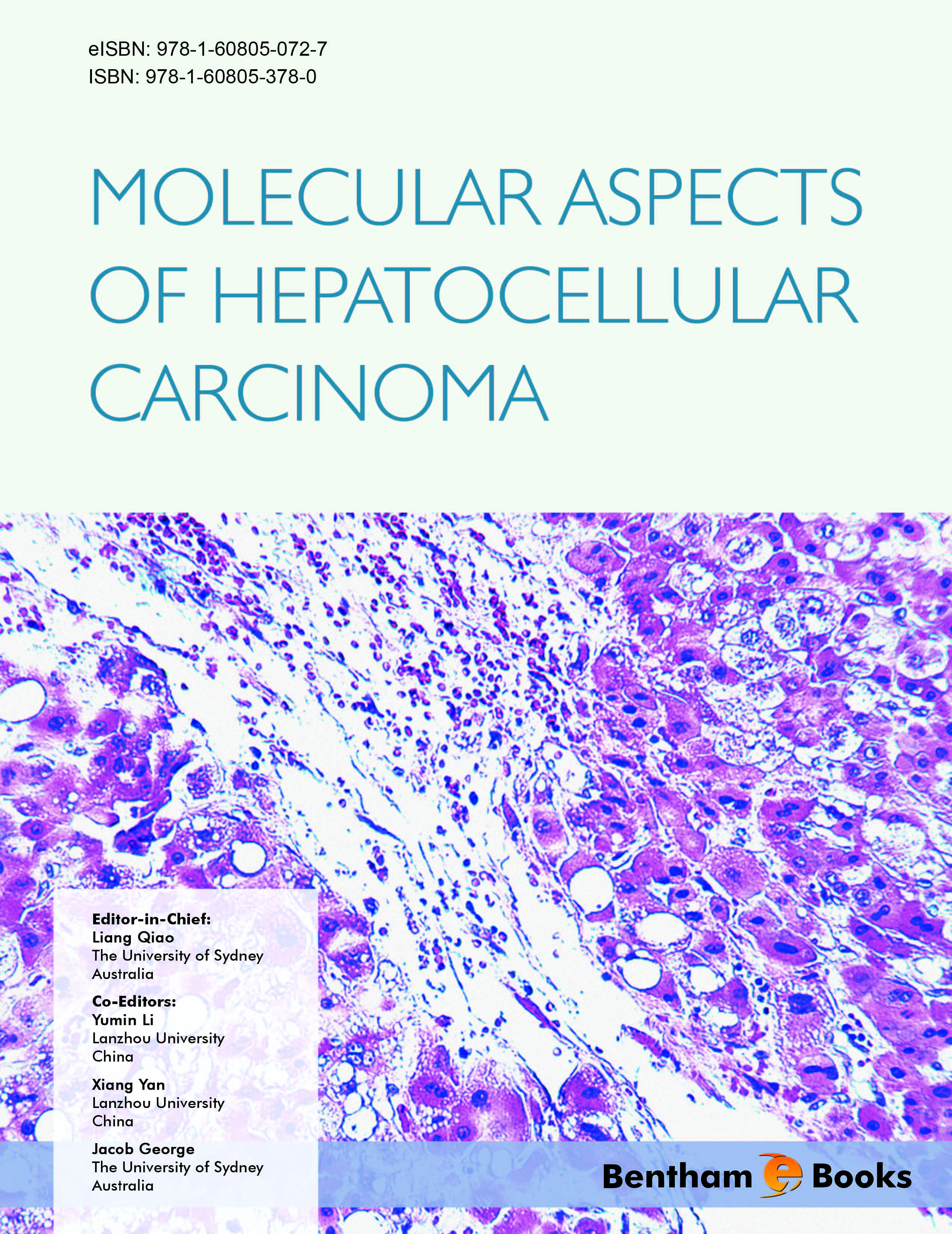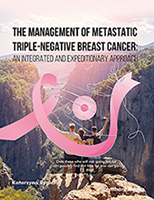Hepatocellular carcinoma (HCC) accounts for over 90% of primary liver cancer and is more prevalent in Africa, South East Asia and China. Epidemiological data indicate that the incidence of HCC in Western countries has been on the rise over the past two decades and it has been predicted that this trend will continue for the foreseeable future. On a global scale, HCC is the fifth most common malignancy and the third most common cause of cancer-related death. Curative therapy for HCC is possible in less than 20% of patients, with the vast majority receiving only non-curative or palliative treatments. Conventional chemotherapy and radiotherapy are of little value in extending patient survival. Clearly, more effective therapeutic approaches, informed by an understanding of tumor biology and progression, is required for the management of this devastating malignancy.
The development of novel therapeutic approaches to treat HCC is entirely dependent on a better understanding of what causes these tumors and how they behave. The risk factors for HCC development have been well, if not completely, characterized. The most common etiological factors are chronic viral hepatitis (HBV, HCV) and chronic alcohol abuse. Other less common risk factors such as prolonged exposure to toxic chemicals, certain drugs and biological toxins (Aflatoxin B1), parasitic infections (Schistosomiasis Japonica), iron overload (hemachromotosis), and non-alcoholic steatohepatitis (NASH) have also been identified. Looking to the future, NASH-associated HCC is likely to represent an increasing burden of primary liver cancer in both developed and developing nations. However, the mechanisms of how these risk factors lead to tumor development are not fully understood.
This book edited by Dr. Qiao et al., provides a broad overview of the molecular aspects of HCC, ranging from how HCC develop and metastasize, to the possible approaches for preventing and treating these tumors. The broad range of topics include how viral infections cause HCC (Cheng and Chan, Chapter 3), how non-viral factors contribute to tumor development (Chen and Fan, Chapter 4), and what role is played by liver fibrosis, a common consequence of chronic liver diseases (Li and Jia, Chapter 1). NAFLD and NASH now represent the most common liver disease and it is appropriate that Drs. Bugianesi and Salamone discuss the possible link between NASH and HCC in Chapter 2. Finally, with regard to pathogenesis, Dr. Tian et al., discuss the molecular mechanisms of HCC development in older individuals (Chapter 8).
Animal model of HCC are critical in HCC research and the data generated are invaluable in understanding the molecular mechanisms of human HCC development and progression, and in testing newer therapies. This broad area is summarized by Dr. Walker and colleagues (Chapter 11).
Although some of the precise molecular mechanisms for HCC development vary according to etiological risk factor, several common themes emerge. In particular, pathways involving cancer stem cells/progenitor cells, microRNA abnormalities, and deregulated cell proliferation and angiogenesis have attracted much attention. In this context, the chapters by Dr. Kanda et al. (Chapter 5) and Drs. Luisa and Dufour (Chapter 9) deal with the common molecular mechanisms leading to the development and spread of HCC. Over recent years, HCC has been regarded as a stem cell disease in that malignant clones may derive from stem cells that usually exist in a dormant state. This notion opens a novel avenue for understanding HCC development and holds great promise for developing stem cell-based therapies. Viebahn et al. (Chapter 7) discuss the latest developments on the mechanisms by which liver cancer stem cells (or progenitor cells) evolve into malignant cells and how these stem cells are regulated. Recent data on the role of microRNA in the development of HCC is presented by Drs. Leung and Wong (Chapter 6).
How we can leverage our basic understanding of the molecular mechanisms of cancer formation in the prevention and treatment of HCC is important. In this aspect, Dr. Hebbard addresses the issue of how tumor angiogenesis contributes to cancer formation, and how targeting angiogenesis can be achieved and used as a therapeutic approach for treatment (Chapter 14). An overview of currently characterized molecular pathways that could lead to the development of diagnostic approaches and HCC prevention strategies is discussed by Dr. Wex et al. (Chapter 10) and Dr. Colombo (Chapter 12). Dr. Liu et al. provide an overview on how the best-described molecular pathways, especially cell proliferation and angiogenesis, can be used as targets in the management of liver cancer (Chapter 13). A broad overview of current clinical trials of newer therapies in HCC informed by the previous chapters is provided by Dr. Robotin (Chapter 17). Data on the non-surgical treatment of HCC is provided in Chapter 15 (Dr Li et al.).
Traditional Chinese Medicine (TCM) is frequently used by patients with all forms of cancer including those of the liver. Many laboratory studies have generated valuable data on how TCM may work in the context of HCC, and several herbal extracts are currently undergoing clinical trials in China. The chapter by Dr. Zhao et al. (Chapter 16) provides a brief overview on possible molecular mechanisms by which herbal extracts may exert anticancer effects, at least in experimental models.
This book represents a combined effort from basic scientists who are working on liver cancer biology and molecular biology, as well as clinicians who are either senior hepatologists or hepatic surgeons. The contributions from the authors of various countries would enrich the readers with their respective experience and knowledge on liver cancer. In particular, as HCC is much more common and is frequently encountered in the daily medical practice in China, the contributions made by the scientists and clinicians from China would help the readers to catch a glimpse of the current status in liver cancer research and clinical practice in China.
Overall, this book provides a wealth of information covering the mechanisms of HCC development and metastasis, diagnosis, prevention, and treatment of primary liver cancer. The volume should be particularly useful to basic investigators, oncologists and hepatologists who wish to appraise themselves of the latest advances in the field of liver cancer research.
The authors welcome comments from the readers on the contents of this book.
Liang Qiao (Editor-in-Chief)
Storr Liver Unit
Westmead Millennium Institute
University of Sydney
Australia
Yumin Li (Co-Editor)
Department of Surgery
The Second Hospital of Lanzhou University
Lanzhou
China
Xiang Yan (Co-Editor)
Department of Geriatric Medicine
The First Hospital of Lanzhou University
Lanzhou
China
Jacob George (Co-Editor)
Storr Liver Unit
Westmead Millennium Institute
Australia





